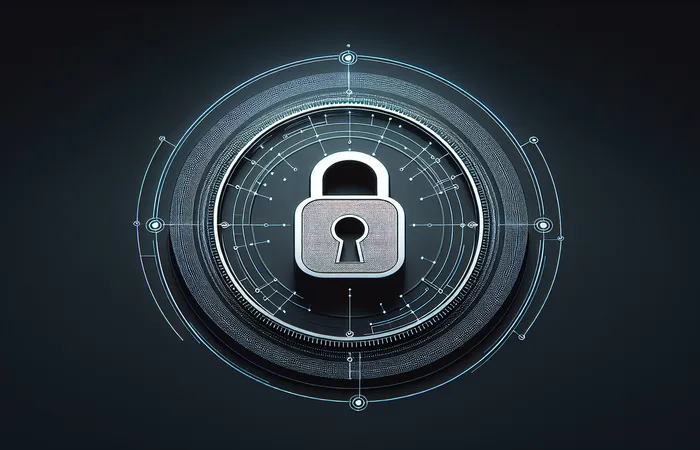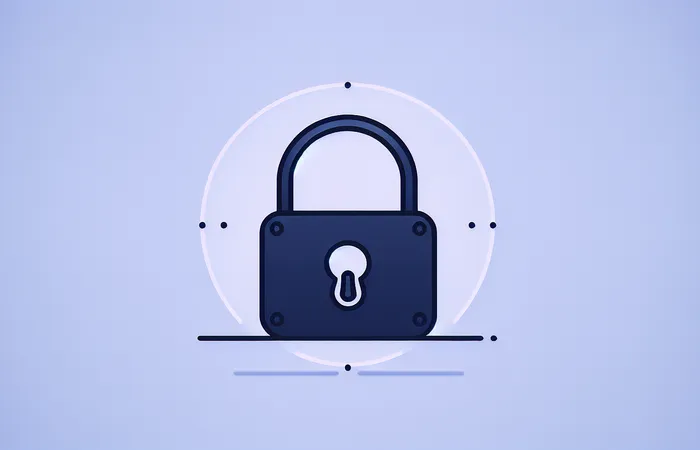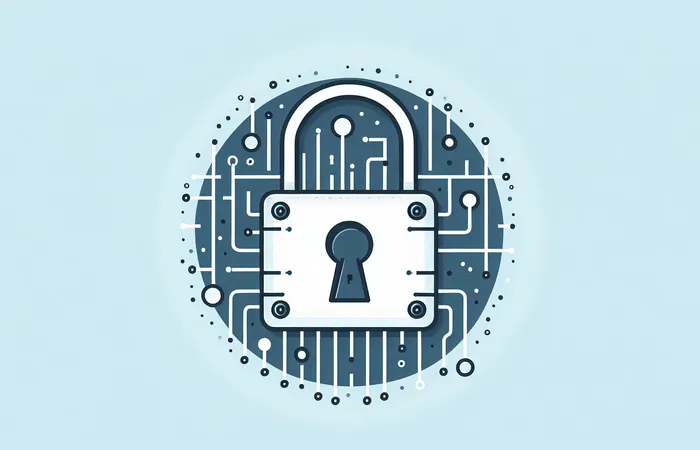Advantages of Non-Invasive Cybersecurity

In the evolving landscape of cybersecurity, adopting non-invasive methods for protecting digital infrastructure is essential. Discover the core advantages of these techniques and how they bolster overall security posture.
Understanding Non-Invasive Cybersecurity
Non-invasive cybersecurity refers to methods and tools implemented to secure digital assets without significantly disrupting normal operations. Unlike traditional security measures that may require extensive downtime and system alterations, non-invasive techniques are designed to integrate smoothly within existing systems.
Improved Business Continuity
One of the primary advantages of non-invasive cybersecurity techniques is improved business continuity. Traditional security measures often necessitate pauses in operations for installation and maintenance, which can be costly. Non-invasive strategies, however, allow for real-time protection while maintaining operational efficiency. This minimizes business disruption and maximizes uptime, ensuring that your organization's daily activities run smoothly.
Cost-Effectiveness
Non-invasive cybersecurity measures tend to be more cost-effective in the long run. Installing and maintaining invasive security systems can be expensive. Non-invasive tools, on the other hand, reduce the need for continuous investment in infrastructure upgrades and excessive downtimes, which can drain financial resources. Furthermore, the seamless integration of these tools reduces the manpower needed for system oversight and maintenance, delivering a higher return on investment.
Ease of Deployment and Scalability
Another key benefit is the ease of deployment and scalability. Non-invasive cybersecurity tools can be implemented quickly and without the need for substantial changes to current infrastructure. This makes it easier for organizations to respond to growing cybersecurity threats promptly. Scalability also enables organizations to tailor their security protocols according to specific business needs, adjusting protection levels as the company evolves.
Enhanced User Experience
A significant drawback of traditional invasive cybersecurity measures is the negative impact on user experience. These methods can slow down systems and create frustration among employees and clients. Non-invasive cybersecurity solutions, however, operate in the background with minimal interference, ensuring a smoother and faster user experience. This helps maintain employee productivity and client satisfaction.
Real-Time Monitoring and Response
Non-invasive cybersecurity tools excel in providing real-time monitoring and response capabilities. This is vital in identifying and mitigating threats swiftly. Tools like Intrusion Detection Systems (IDS) and Intrusion Prevention Systems (IPS) operate continuously to detect anomalies without causing operational interruptions. This allows for timely interventions should any suspicious activities be detected, thereby reinforcing the defense mechanism of the organization.
Compatibility with Existing Systems
Non-invasive cybersecurity tools are designed to work with existing systems without requiring extensive modifications. This compatibility ensures that these tools can be seamlessly integrated across various types of technology stacks, from legacy systems to the latest cloud-based platforms. Since there is no need for extensive updates or overhauls, businesses can protect their data and operations efficiently and effectively.
Data Privacy and Compliance
Adhering to regulatory compliance standards can often be challenging with traditional invasive security systems. Non-invasive tools, however, are built to align with data protection regulations, ensuring that the organization remains compliant with standards such as GDPR, HIPAA, and ISO/IEC 27001. By adopting these measures, organizations can uphold data privacy standards and avoid costly legal repercussions associated with non-compliance.
Improved Incident Analysis and Reporting
Effective incident analysis and reporting are vital components of a robust cybersecurity strategy. Non-invasive cybersecurity tools have advanced logging and analytics capabilities that provide detailed insights into potential and actual security incidents. These insights help in understanding the root causes and implementing preventive measures, thereby enhancing the overall security posture of the organization.
Future-Proof Security Solutions
As cyber threats evolve, so too must security solutions. Non-invasive cybersecurity methods are designed to evolve with emerging threats, ensuring that organizations stay one step ahead of potential attackers. Leveraging technologies such as machine learning and artificial intelligence, these tools constantly adapt, learn, and improve, providing long-term, future-proof security solutions.
Conclusion
The transition to non-invasive cybersecurity techniques represents a significant shift towards more efficient, cost-effective, and user-friendly security solutions. By prioritizing business continuity, ease of deployment, and real-time response, organizations can significantly enhance their cybersecurity posture. Embracing these methods not only safeguards digital assets but also paves the way for a resilient and compliant technological environment.



